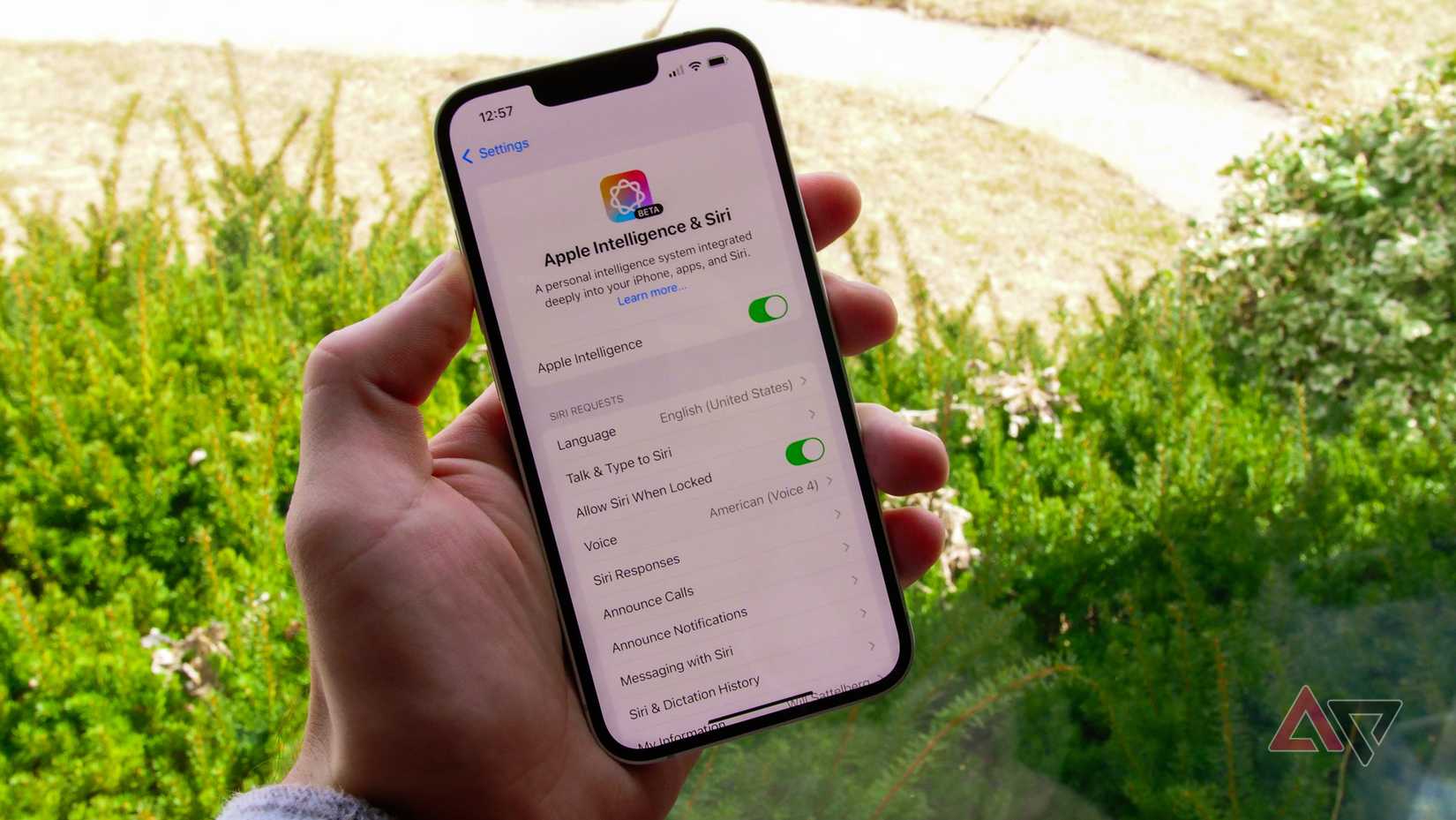I didn’t need a third phone, but I was getting bored with Android and was on the lookout for something new, rather than chasing the best Android phone of 2025.
I didn’t have to work very hard for this as Apple was the natural choice, thanks to the Google-Apple duopoly in the mobile OS market.
No, this wasn’t an impulse buy. I have wanted to try it ever since I bought my first Mac almost seven years ago.
My Android fatigue peaked this year and finally pushed me to buy my first iPhone. My first impression was great with the iPhone 16e.
However, as I started using it as my primary phone, I was missing Android more than ever.
The strangest part? There weren’t any flashy customization features I missed the most. Instead, it’s a simple, everyday Android feature that kept calling me back.
I thought I knew what I was signing up for
What felt simple wasn’t actually simple
I didn’t expect switching from Android to iPhone would be seamless, and I was right. While it’s sometimes inconvenient, I enjoyed setting up my iPhone and playing with some of its hyped features, like iMessages and FaceTime.
Everything went great until I started using it as my daily driver for doing simple tasks. Fun fact: It’s only after I switched to the iPhone that I realized what I thought was simple and obvious was really Android making us feel that way.
I’m not sure if I should give Android the credit here or rant at Apple for not getting the basics right. Either way, it shattered my belief that I knew what I was signing up for.
I was caught off guard by how iOS handles going back
Android gets it right
iOS’s gesture system is unnecessarily complicated and isn’t inclusive. I felt this while navigating to different pages of apps, especially when going back to the previous screen.
The only way you can visit the previous page of the app is by swiping from the left edge of the screen. So, if you use your phone in your right hand, your thumb needs to reach the left side each time you want to go back.
I tried to offset the inconvenience by holding my phone in a way that makes it easier for my right thumb to reach the left side of the screen. But it comes at the expense of a lighter grip.
More than once, my iPhone slipped and landed on my face while I was lying in bed using it, because of the weaker grip.
It’s during this time of the day that I use both hands the most to use my iPhone: one for a firm grip and the other for navigation.
You might have to use both hands more often if the iPhone is bigger, especially when running apps.
If the lack of swiping from both sides of the screen wasn’t bad enough, you might sometimes have to rely on on-screen back buttons.
I blame Apple for not implementing the back gesture at the OS level and leaving it to app developers. As a result, you get an inconsistent back gesture experience on the iPhone.
I faced the issue the most while using the YouTube app on my iPhone.
On the other hand, Android’s back gesture works globally for navigation. So, no matter what app you use, the back gesture just works, unless the developers opted out of it.
It doesn’t have a left-right bias, either. You can swipe from the right side of your screen while holding the phone in your right hand, or from the left when holding it in your left.
I tried getting used to it for a month, but I still couldn’t find a way through it to make it nearly as easy as Android.
I’m glad I gave the iPhone a chance
Not being able to swipe from both sides of the screen makes me reluctant to use the iPhone for long periods. However, I’m still not giving up on my iPhone 16e.
I’ll keep using it as a secondary phone, primarily because of its smoothness and the ability to shoot stunning videos. Beyond the obvious benefits, I like how it feels different from Android in ways that aren’t immediately obvious.
This is in no way an indication that I’d ditch Android in favor of iOS if Apple ever fixes its gesture system on iPhone devices. It would take way more effort than that from Apple to make me a convert.
I don’t see it happening soon, mainly because Apple’s vision for phones goes against how I want to use mine. However, I’m glad I gave the iPhone a chance.
Switching to the iPhone made me realize once again how little things can elevate the experience.
I didn’t believe smoothness could be such a big factor in liking the iPhone, nor did I expect to miss Android’s gesture system quite this much.


